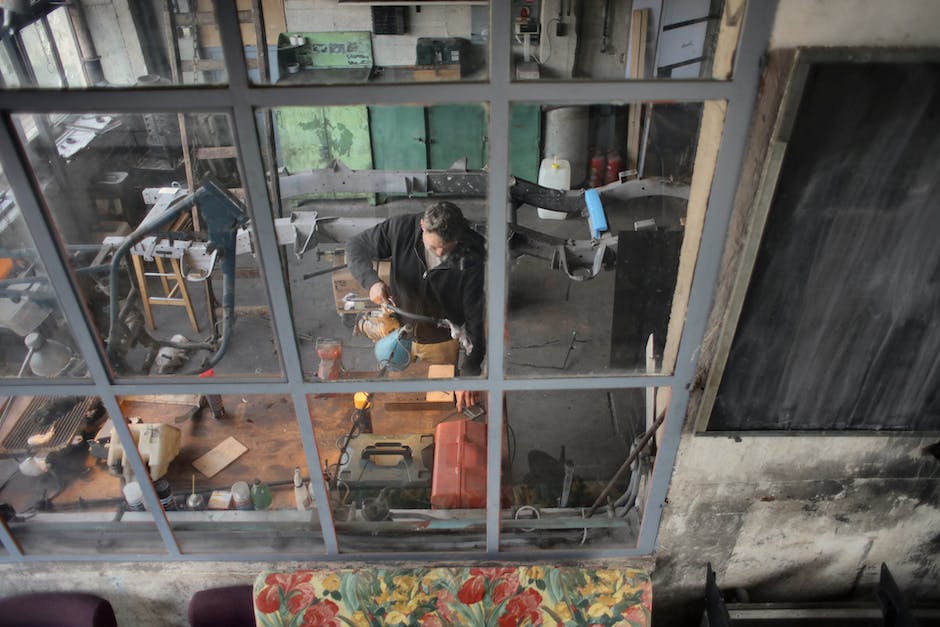Navigating the Complexities of Liability Claims in the Workplace
Dive into workplace liability claims: types, legal nuances, incident reporting, employer duties, and proactive prevention.
Dive into workplace liability claims: types, legal nuances, incident reporting, employer duties, and proactive prevention.
Share this
Calculate your claim
Find out what your claim is worth with our smart online calculators, discuss your options with our team of claim advisors and find a lawyer that best matches you.
Liability claims in the workplace can be quite complex. Employers must be aware of their legal responsibility to provide a safe work environment for their employees. Here are some key points to understand about liability claims in the workplace:

Liability claims in the workplace can come in various forms. Here are some common types to be aware of:
Workplace incidents that commonly lead to liability claims include slip and fall accidents, ergonomic injuries, and harassment or discrimination cases. Slip and fall accidents can happen due to wet floors, uneven surfaces, or inadequate lighting. Ergonomic injuries are often caused by poor workstation setup or repetitive motion. Harassment and discrimination cases can arise from inappropriate behavior or unfair treatment. Understanding these common incidents can help employers and employees take preventive measures to reduce the risk of liability claims in the workplace.
Reporting workplace incidents is crucial for ensuring a safe and healthy work environment. It helps in identifying potential hazards and risks, preventing future accidents, and protecting the well-being of employees. Proper reporting also facilitates the timely investigation of incidents, which can lead to the implementation of necessary corrective measures. Reporting incidents promptly also fulfills legal and regulatory requirements, which are essential for the employer’s liability and the overall well-being of the workforce.
Liability claims in the workplace can involve various legal aspects. Employers need to be aware of the following key points:
Navigating these legal aspects requires diligence and a comprehensive understanding of liability law.
Employers are legally responsible for providing a safe and secure workplace environment for their employees. This means that when a liability claim arises, the employer is required to handle it promptly and efficiently. Some key elements of the employer’s responsibility in handling liability claims include:
By understanding and fulfilling these responsibilities, employers can ensure the well-being of their employees and demonstrate their commitment to workplace safety.
When an incident occurs in the workplace, the investigation process of liability claims involves gathering and analyzing evidence to determine the cause and fault. This typically includes interviewing witnesses, reviewing documentation such as incident reports and medical records, examining the physical evidence, and possibly consulting with subject matter experts. The goal is to establish a clear understanding of what happened and who may be responsible, which is crucial for determining the outcome of the claim.
When dealing with liability claims in the workplace, it’s crucial to gather thorough documentation and evidence to support your case. Make sure to obtain written statements from any witnesses, including their contact information, and take photographs of any relevant scenes or injuries. Additionally, keep detailed records of any medical treatment received, as well as any communications or correspondence related to the incident. The more comprehensive your documentation and evidence collection, the stronger your position will be when navigating the complexities of liability claims in the workplace.
Liability claims in the workplace can be resolved and managed effectively through proper documentation and prompt investigation. It is important to gather all relevant evidence, such as witness statements and incident reports, to support your case. Keeping detailed records of the events leading up to the claim can help in accurate assessment and settlement negotiation. Open communication with all parties involved is crucial to reaching a satisfactory resolution. Implementing proactive measures to prevent future incidents can also mitigate liability risks.
To prevent future liability claims in the workplace, it’s important to take proactive measures. Here are some steps you can take:
At What’s My Claim Worth, we understand the complexities of workplace liability claims and are here to assist you. Our experienced panel of lawyers specializes in handling a wide range of liability claims, from slip and fall accidents to harassment and discrimination cases.
Calculate your claim
Find out what your claim is worth with our smart online calculators, discuss your options with our team of claim advisors and find a lawyer that best matches you.
What’s your claim worth?
Welcome to What’s my claim worth?
Please choose your state below so we can show you the most relevant content
